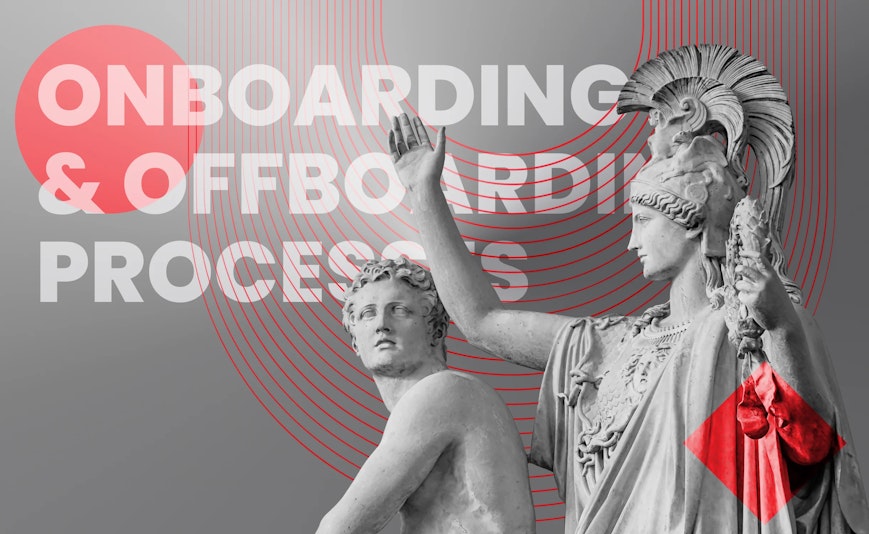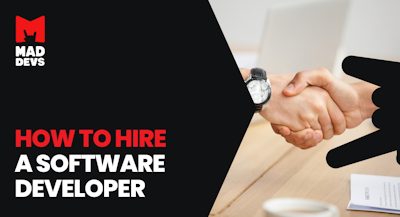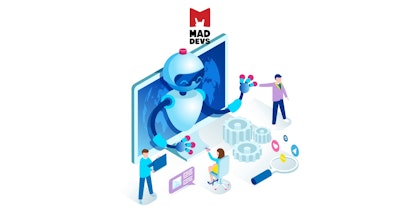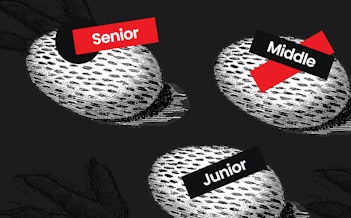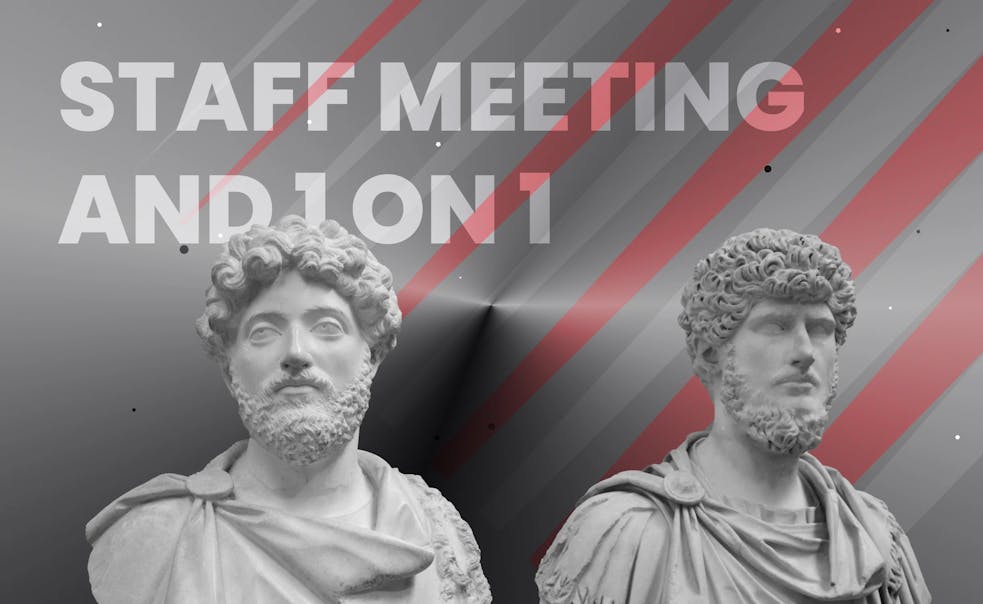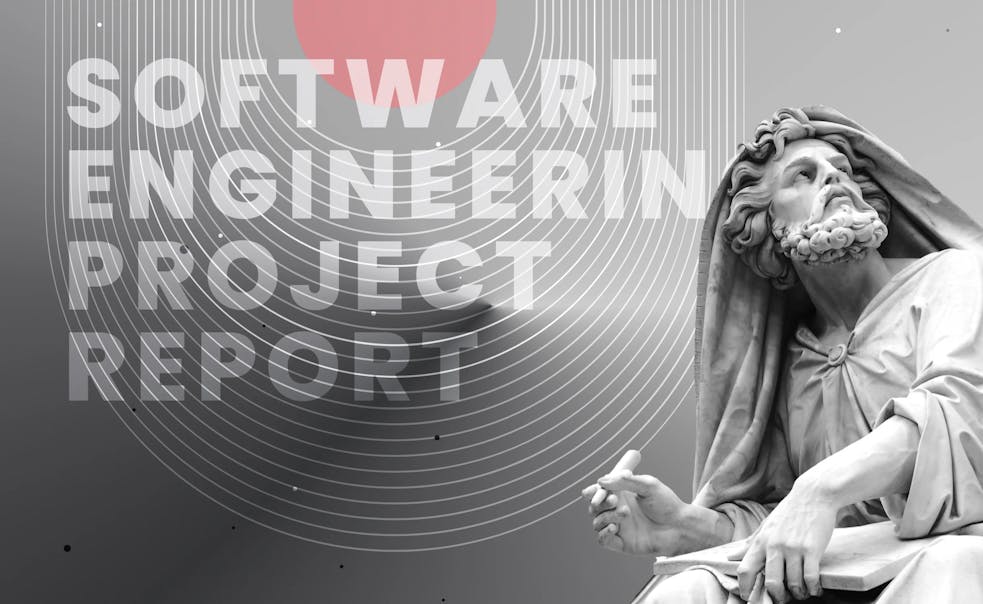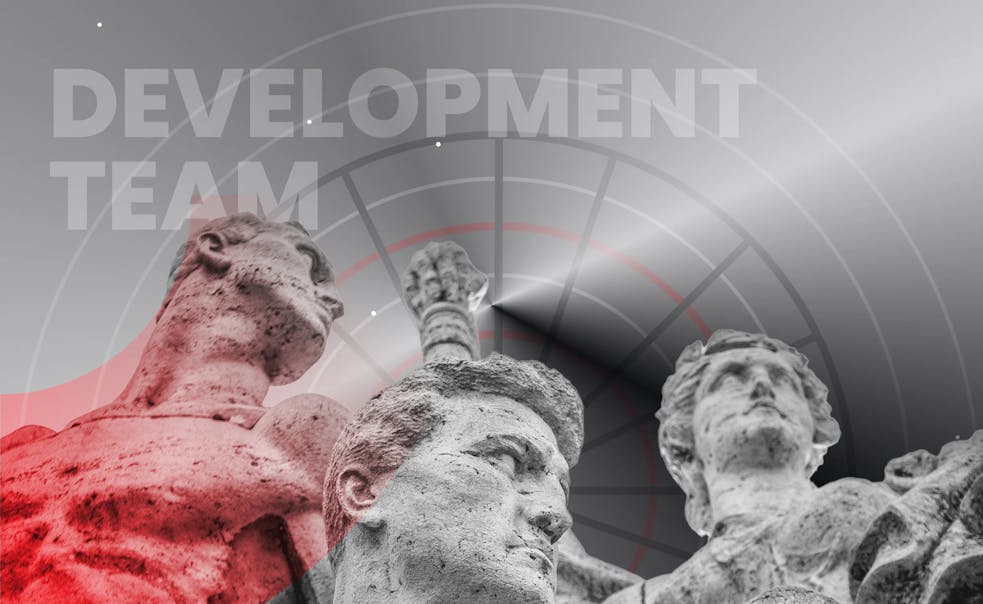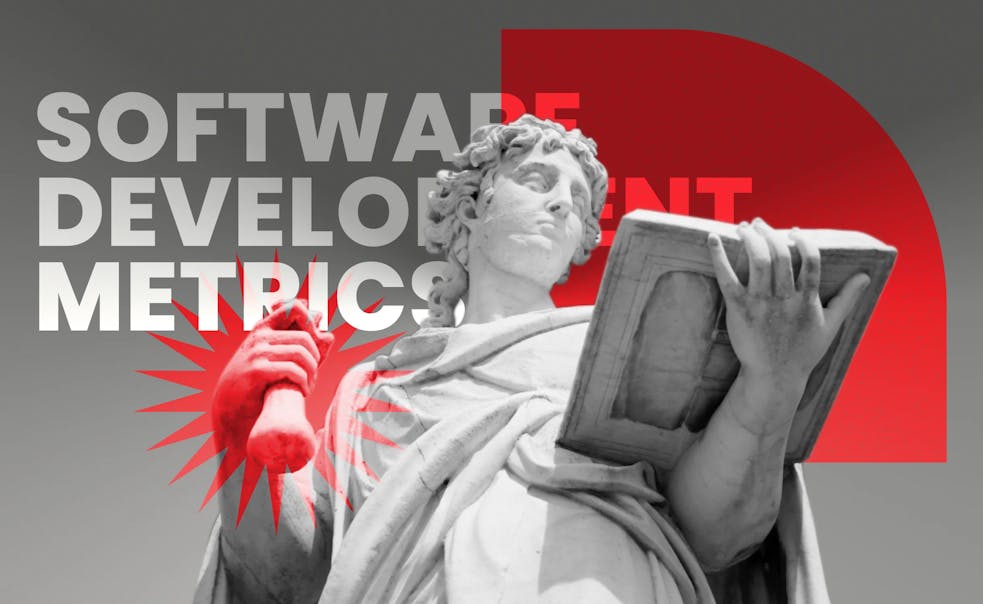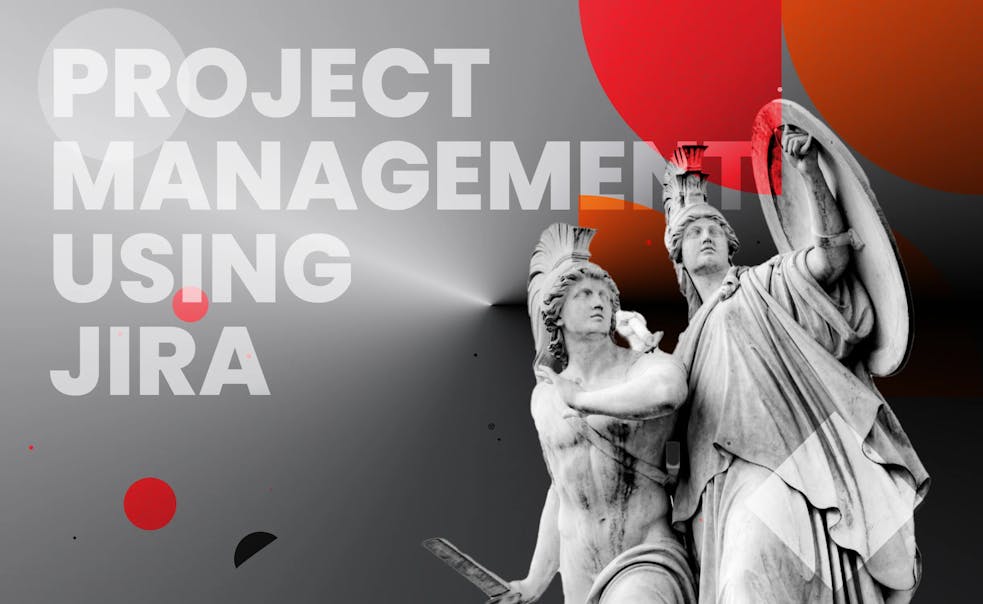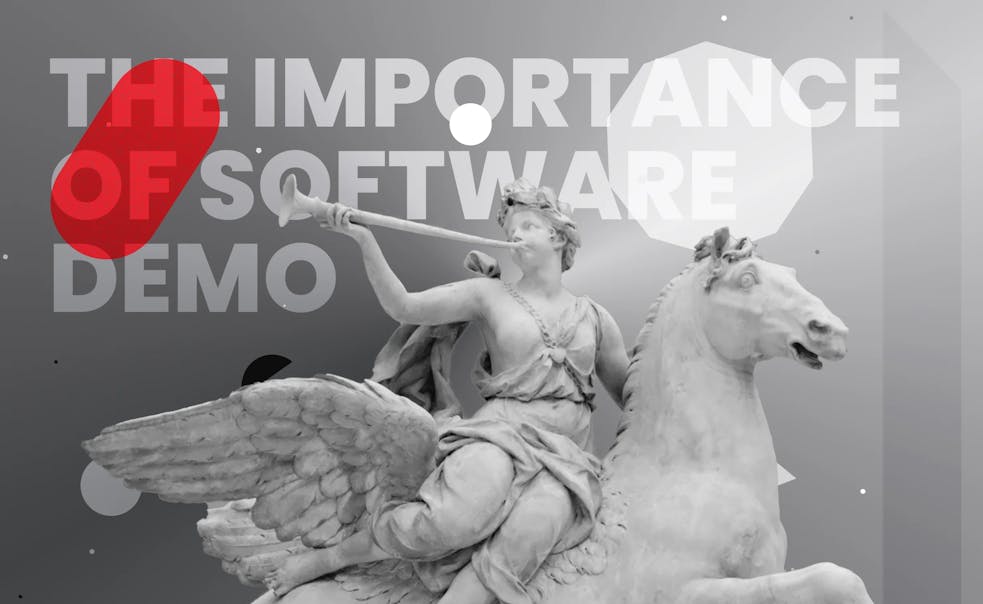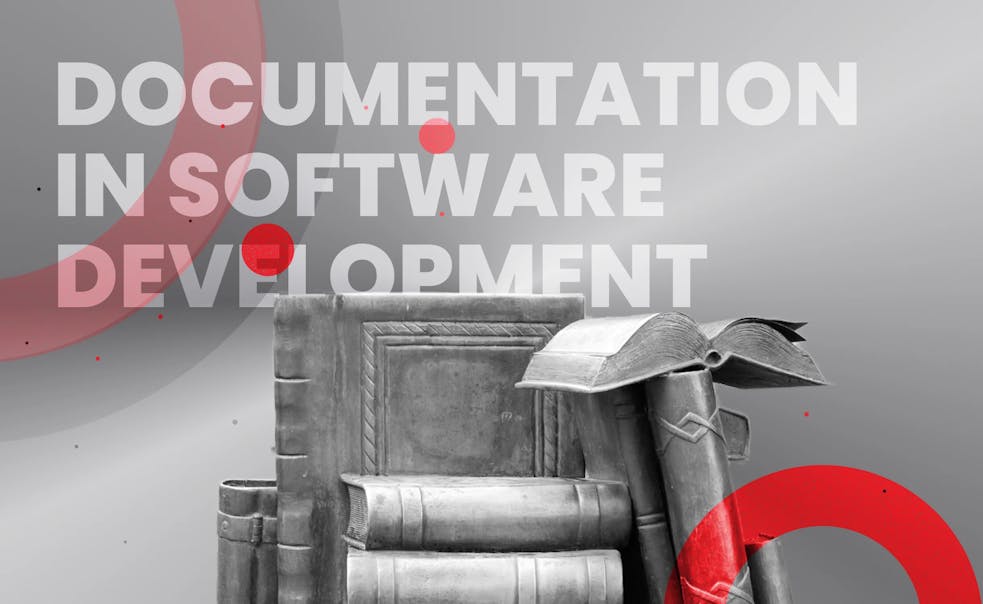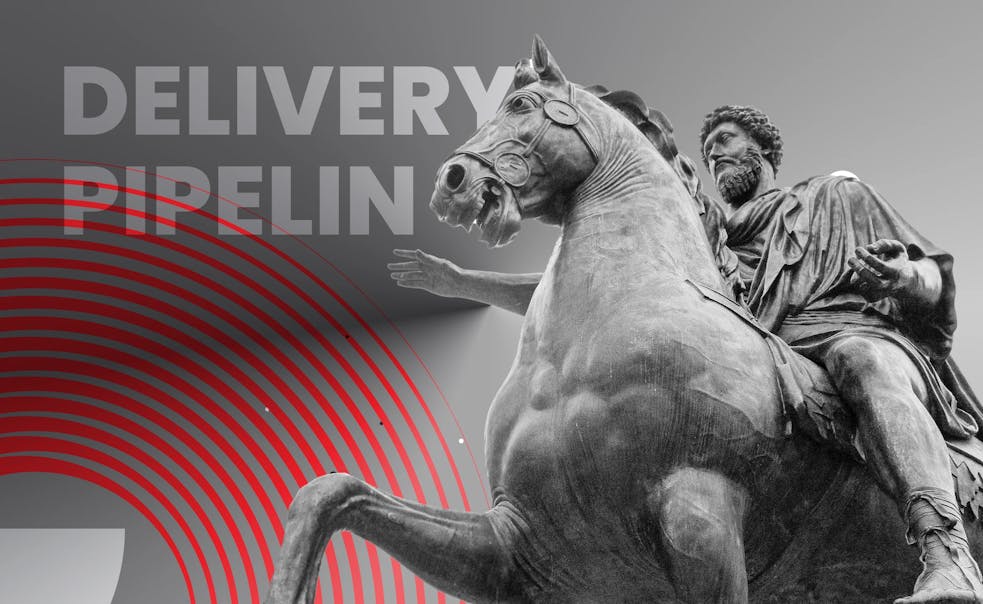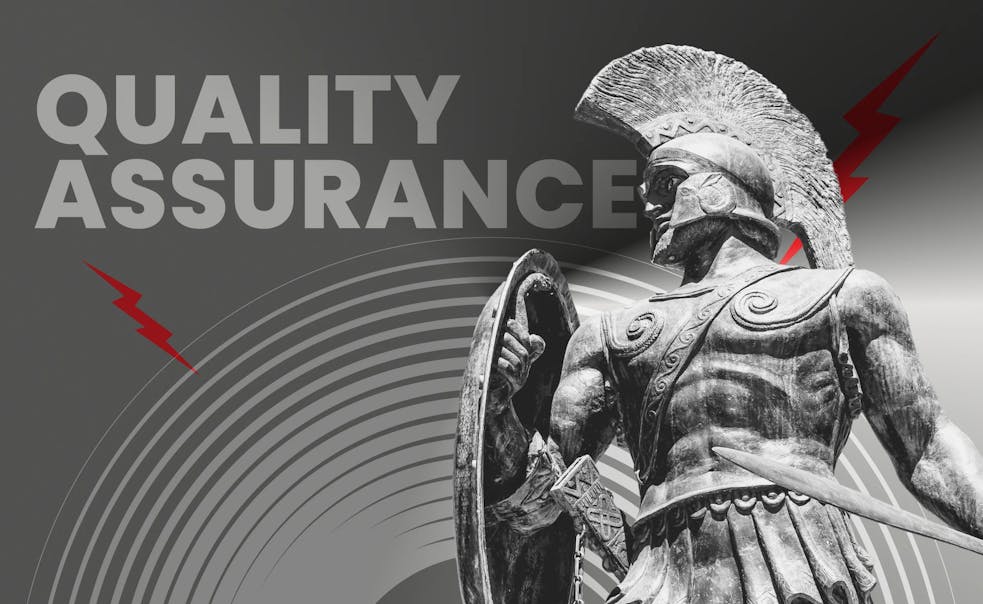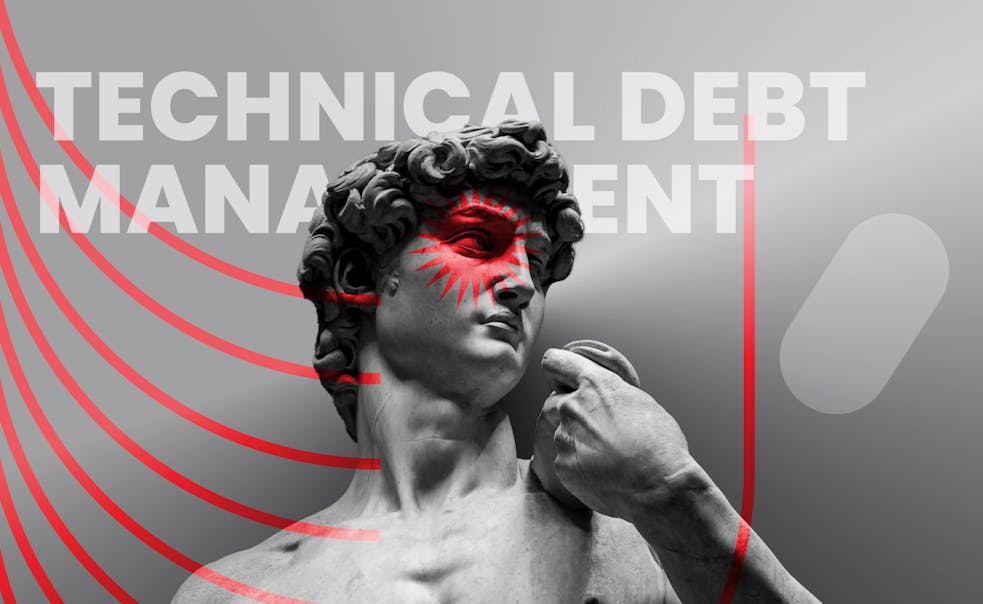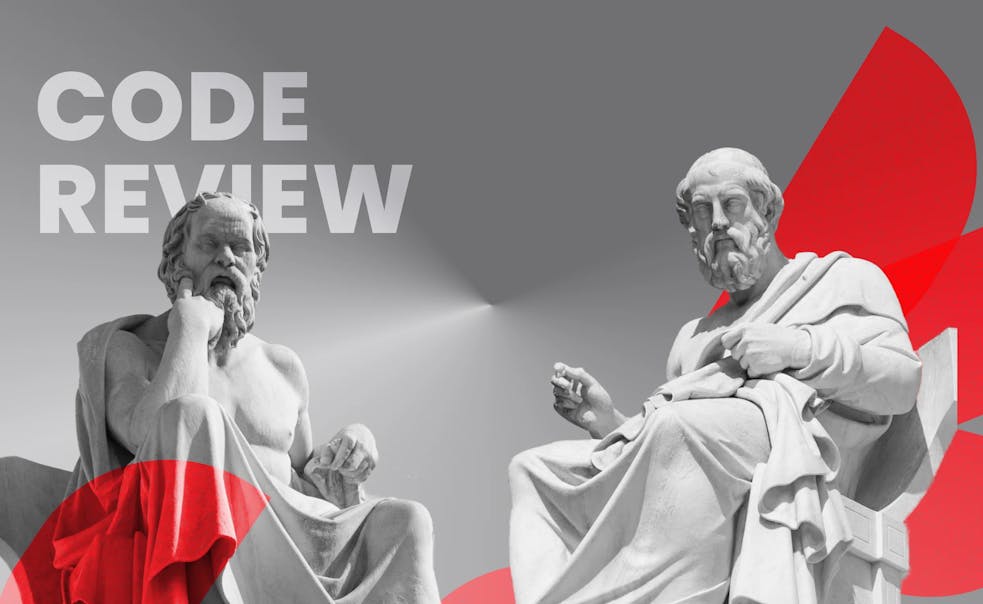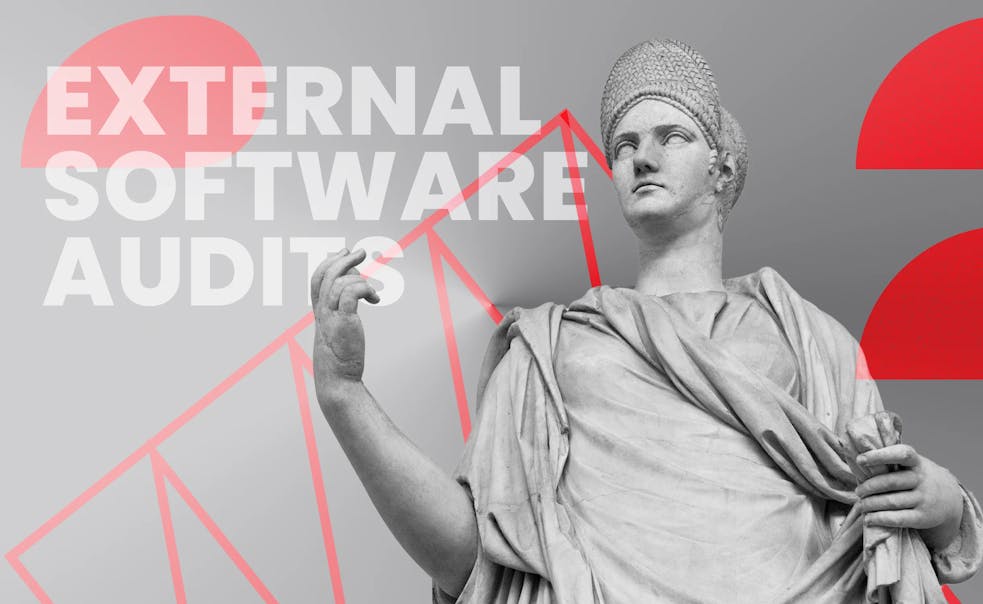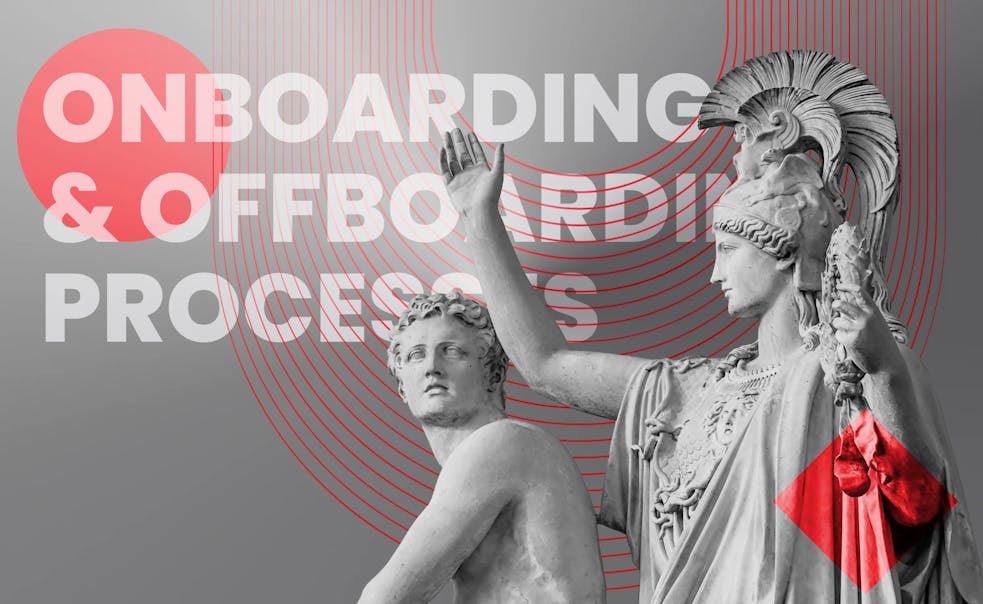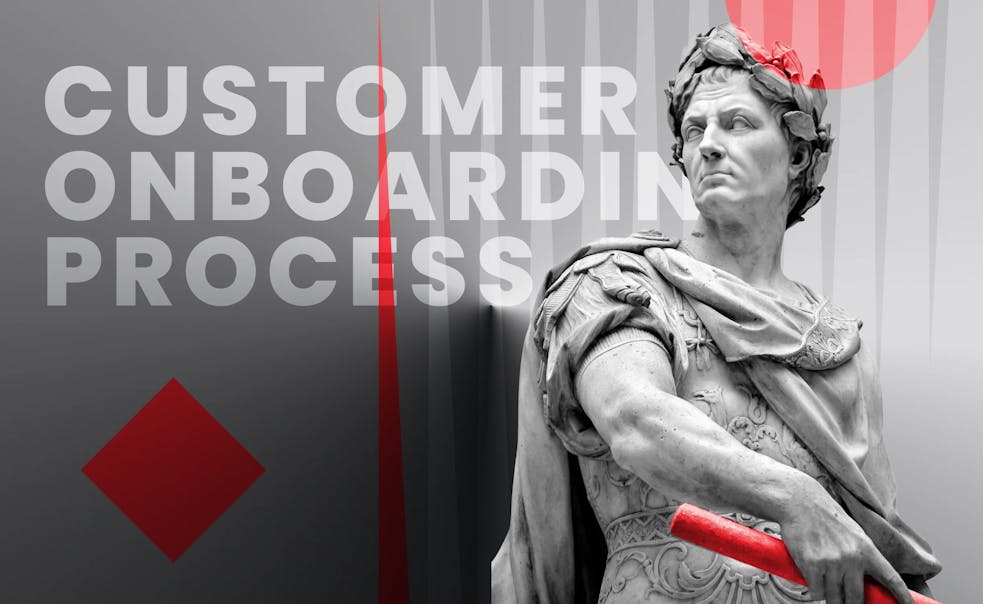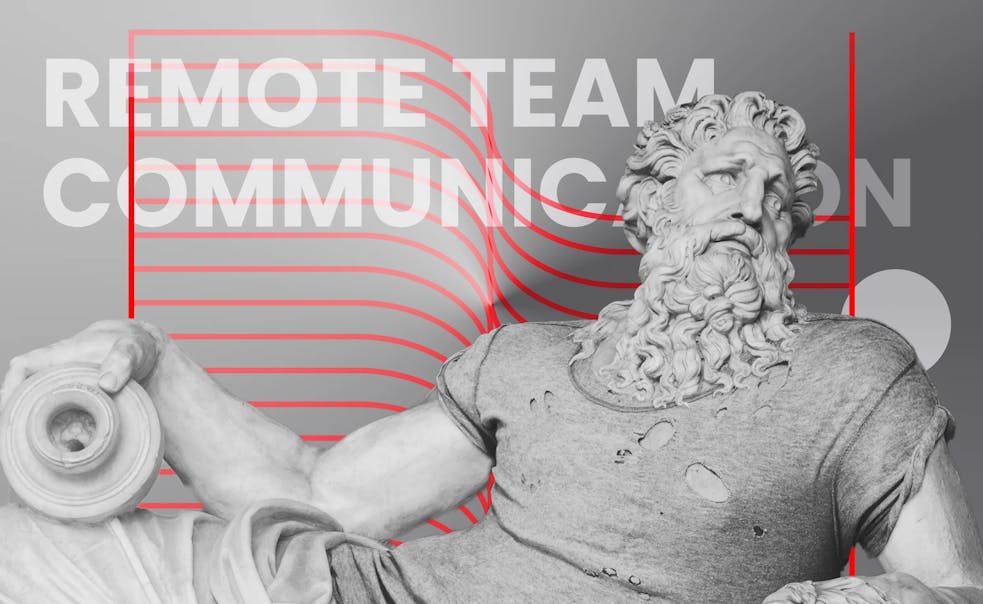Onboarding and offboarding take an important part in the company’s processes. While there are many standard practices and checklists on how to onboard a new specialist and offboard somebody who is leaving the company, we at Mad Devs have our own practices that have been proven the best for us.
Onboarding
Earlier, onboarding was one of the most undervalued processes. Now, the approach to onboarding has changed completely. Even though in many companies, the onboarding procedures remain erratic, undocumented, casual, and limited in scope, the situation is changing for the better rapidly.

At Mad Devs, we take onboarding seriously. We work on complex projects in a speedy and challenging working environment. The faster a new employee starts being useful the better, and a carefully organized employee onboarding process helps with it.
That’s why along with clear procedures on how to identify, select, and interview candidates, we have all the tools required for new team members to start their job as soon as possible.
Onboarding and what to do to onboard a new specialist fast
Onboarding is not only about providing the needed tools to work. It is about introducing the company culture to the new employee. That’s why we divide the entire onboarding process into several stages:
- Pre-onboarding
- Onboarding
- Post-boarding
For every stage, we have an onboarding process checklist to ensure everything is done as it should be.
Pre-Onboarding
Once a job interview is passed and a job offer is signed, we proceed with the pre-onboarding stage.
Before we start with any onboarding processes, we request a scanned passport (ID) copy of a new employee and sign an NDA. Signing an NDA is a mandatory step because we work with highly confidential information. Its leak or misuse can lead to serious consequences to both our company and our clients.
Further, we request a new employee to sign a permission for personal data processing.
Once these documents are signed, we request other documentation and data.
After that, the processes differ depending on whether the new specialist is going to work in an office or remotely. If the employee chooses the office, we make sure their working place is ready and is convenient to work. Everybody who works in the office is notified that a new specialist is going to work there.
Once these formalities are over, we start with the actual onboarding process.
Onboarding
Onboarding starts when all the formalities are arranged. For in-house specialists, onboarding starts on the first day in the office.
The specialist is met by a company representative. It can be an HR specialist or a manager. We introduce the new employee to everybody and show them their working place. We know that feeling comfortable is one of the prerequisites to work productively. That’s why we show a new specialist everything around: the office, the room where we rest, our kitchen, etc. The new employee is introduced to the team.
Our company provides free meals to our employees. So, we register a new specialist to enable ordering food, explain the timeframe when orders can be placed, and other details. Yep, we want everybody to feel at home.
For remote specialists, the in-office part is absent. For a remote employee, we organize a call with an HR specialist. Then, the specialist meets online with their project manager or a team lead who set up the working environment, register a corporate email, provide access to the required tools:
- Task Tracker - JIRA
- Repository - GitHub, Bitbucket, GitLab
- CI
- Tools to track performance (Comedian, a tool developed by the Mad Devs team)
- Collector (one more tool developed by us), and so on.
The same procedures are completed for an in-house employee, too.
Communication plays an important role in every team, so the next step for a new developer is to join our communication channels:
- Slack;
- Telegram.
We ask the new employee to provide some interesting or important data to present to the team.
With it, the purely organizational onboarding part is over, and we hand in the specialist to a team lead or project manager. They explain to the employee everything about the project, processes, artifacts. Special attention is paid to workflow to ensure all working processes run smoothly.
Further, a project manager provides the needed documentation, and the employee starts learning. It is also time for the new employee to start working with the actual tasks.
Post-Boarding
Now, a specialist can start working. Usually, we provide new team members with all the needed documents from where they can take all the information about the project. During some time, we will be around to assist if needed and observe how they work.
We have a practice that helps our new employees to get used to the company and the working environment faster and better. We assign a “buddy” to every new employee. Who is a buddy? You can guess from the term. It is a person who will be around - one more team member, the best friend in the team. A buddy helps to understand the processes, the product, the working environment, and to get integrated into the team.
While in many companies, onboarding would be over at this stage, it is not the case with us. We consider onboarding the time period between signing a job offer and until the trial period is completed successfully. One or two weeks after the new employee starts working on tasks, we provide them a list of targets and our expectations - whatever they have to manage during their trial period. We believe it helps them to understand their key tasks better and concentrate on them.
We are reviewing the new employee’s progress regularly, collecting feedback from team leads and whoever was communicating with the employee.
When the trial period is over, we check whether the employee has managed to complete the tasks and create a document with feedback. We indicate what was done well, what can be improved, and what was a complete failure. With the completion of the trial period, onboarding is over.
Offboarding
Offboarding is another important process. Employee offboarding is the process when a specialist leaves the company. At Mad Devs, an offboarding process consists of several stages, and all of them are approached with the utmost attention. The good thing is that we are allowed to work only from corporate accounts. This requirement allows us to make the offboarding as painless as possible. We understand that all accesses, documents, files, etc. are under control.

Technical aspects of offboarding process
As we have mentioned, we work with many specific tools and we have access to confidential information of our clients. That’s why offboarding in our company is conducted thoroughly. And of course, we do everything according to a detailed employee offboarding process checklist. It helps us to ensure that we have done everything and save our time and the time of the person leaving.
Once our HR department has prepared all the needed documents, we collaborate with the DevOps department to revoke system access and make sure that there is no company information or documents left on the employee’s computer.
Then, a project manager or a department head removes the employee from our communication channels, JIRA, and Confluence. We make sure the employee returned equipment if he was provided it by the company.
Finally, our HR specialists remove the account and the corporate email of the specialist and remove the specialist from Collector.
Why are there so many details? Statistics tell that around one-third of former employees can access the company’s data, and around 20% of companies insist they have experienced data breaches by former employees. While we trust our employees, we work with highly confidential information of our clients. We cannot take the slightest risk. That’s why we follow all technical procedures very thoroughly.
Knowledge transfer
Whether we hire a successor or not, we want to keep the knowledge a leaving employee possesses inside of the company. That’s why we have a checklist on how to perform a knowledge transfer. While details may vary depending on the employee’s role and position, the main points are the following:
- What tasks shall be prioritized?
- Accesses to all the systems and files the leaving employee uses.
- Contacts of people the leaving employee works with, both inside and outside of the company.
- Are there any systems that require a new employee to be trained?
It is good if the leaving employee leaves a document where everything is described or a video with useful tips.
It might happen that certain knowledge is still missing after the employee has left. That’s why we try to be on good terms with those who leave the company. We know that we can ask about the missing piece of information and get the needed assistance.
Personal aspect of offboarding
We understand clearly that our former employees create our reputation, too. That’s why for us, it is important to conduct all offboarding processes professionally and create a positive environment for a person to leave the company. Here, we have a different checklist.
We thank the leaving employee
People who have worked for us have contributed to the company’s development. They deserve to be thanked for their work and congratulated on the new position in a different company.
We don’t make a secret from somebody leaving
This rule is valid for managers mostly. Once a team member has told about their decision to leave the company, a manager informs the team and all relevant persons (HR department, for example) about the decision.
We know that some managers prefer to wait until the news spreads on its own. It is not a correct approach because it leads to gossip when people will fill in the details themselves. It, in turn, creates an unfavorable environment around the leaving employee.
More details to consider
With all the above-mentioned procedures, the offboarding process isn’t over yet. Now, it is time to bring everything in order within the company.
We update organizational charts
If organizational charts are not updated, it can create a lot of confusion. So, we update organizational charts and directories once the employee has left the company.
If we have hired a successor, their details are provided instead. If there is no successor yet, we fill in the details of a specialist who is going to replace the employee who has left the company. These changes are made wherever the name of the former employee was mentioned.
Payroll!
It sounds weird but some companies forget about this step. While the majority of payroll processes are automated, we always check whether all the payments have been made. After that, we remove the employee from the payroll system.
Offboarding can be painless
When it comes to a departing process, a well-structured and professional offboarding can make the entire process painless and hassle-free. A properly conducted offboarding is beneficial for both the company and the leaving employee. The company ensures one more loyal person, and an employee gets a pleasant offboarding experience.
Bottom Line
Both onboarding and offboarding processes are not spoken much about. We, however, believe that they are among the most important processes in a company. With them, we make sure our team members have all that they need to work efficiently and guarantee the security of sensitive information of our customers. While some details of these processes can be changed, the best practices are standard ones. And we always follow them when onboarding new employees or offboarding those who are leaving our company.

